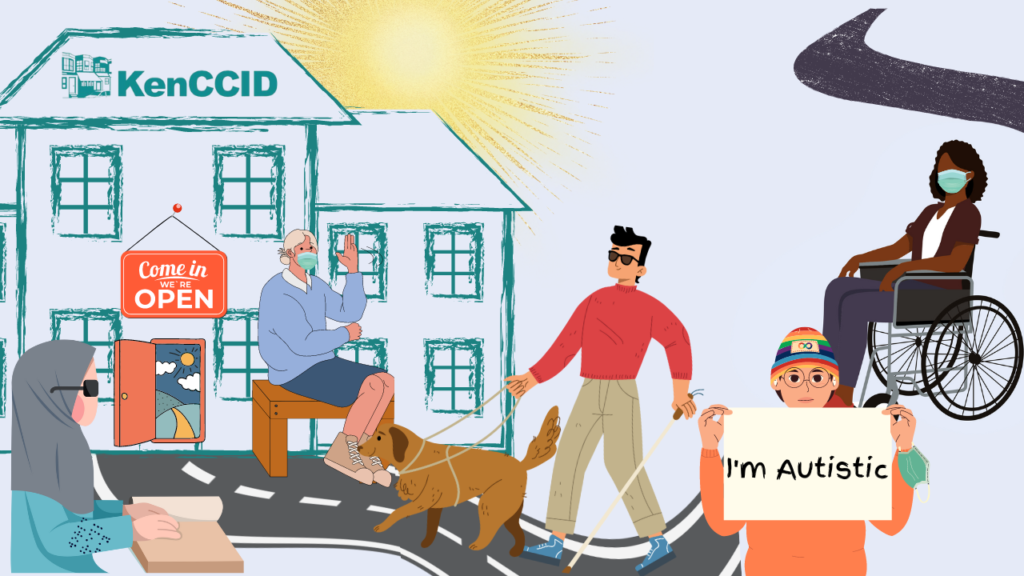What were the key findings from the report: The Impact of COVID-19 on People with Disabilities?
The National Council on Disability (NCD) released a 200-page report in October 2021 entitled The Impact of COVID-19 on People with Disabilities. In this eye-opening report, we get a sense of what life was like for people with disabilities during the pandemic. The National Council on Disability is “An independent federal agency making recommendations to the President and Congress to enhance the quality of life for all Americans with disabilities and their families.”
The report addressed 7 areas where people with disabilities were negatively impacted during the pandemic:
- Accessing healthcare.
- Accessing direct care workers.
- Congregate care settings and transition.
- Education.
- Employment.
- Effective communication.
- Mental health and suicide prevention services.
Let’s dive into each one more closely.
Healthcare access
When hospital beds and medical supplies become scarce, the report found that individuals with disabilities tended to be discharged from medical facilities at a high rate. This was particularly true for individuals who depended on technology to accommodate their disability.
Accessing direct care workers
Fear of contracting covid forced many direct care workers to leave their jobs. This exacerbated an already tight talent pool, leaving many individuals with disabilities without access to direct care workers.
Congregate care settings and transition
Home-based care was severely limited for individuals with disabilities during the pandemic. The alternative was community-based care, which brought these individuals into a high-contact zone, making them even more susceptible to covid.
Education
Frequent and sustained school closures prevented students with disabilities from receiving the in-person care that they needed. Access to reliable Internet and technology services made remote learning elusive for many others.
Employment
Massive layoffs and job cuts during the pandemic worsened an already low representation of individuals with disabilities in the workplace. Efforts to facilitate the re-entry of individuals with disabilities into a leaner and more cost-conscious workforce have been slow and in some places, nonexistent.
Effective Communication
The wearing of face masks made lip reading impossible and sign language more difficult for many individuals with hearing and speech related disabilities.
Mental Health and Suicide Prevention Services
Mental health and suicide prevention services, while critical, saw their budgets and operating personnel virtually evaporate during the pandemic. The impact of limited access to these services during the pandemic adversely impacted young adults and teens in particular, already going through natural life transitions.
What can we do?
As startling as these findings are, there is hope.
There is KenCCID.
KenCCID is a nonprofit organization started in 1974 that caters to the everyday needs of individuals with disabilities. With a mission to promote dignity and choice to empower individuals with intellectual and developmental disabilities to reach their full potential, KenCCID stands in the gap supporting these individuals.
KenCCID has been combating the bias and inaction towards individuals with disabilities for close to 50 years. We provide housing, basic medical care and job support for each of the individuals entrusted to our care.
During the pandemic, KenCCID had no interruption in the level and timeliness of care we were able to provide to our residents. We remain indebted to our dedicated staff who came in each day to ensure their needs were being met, even when the world seemed to be caving in.
We’re here and we’re committed to individuals with disabilities to empower them to live a life full of choices that is different from no other.

